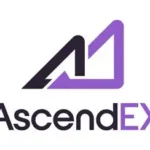In this article, I will explain how to use leverage to trade NFTs, which is a method that enables traders to increase their presence in the digital collectible market by taking out loans.
Using leverage can enhance possible profits, but it also brings about significant risks.
I will highlight the major parts, the risks, platforms, and instructions required to successfully trade leveraged NFTs.
What is leverage?
Leverage is the use of debt in order to increase the potential return of an investment. In simple terms, it lets traders and investors maintain a significantly larger position than their initial capital would normally allow, resulting in the magnification of profit and losses.

Leverage is often used in trading stocks, forex, and cryptocurrencies where brokers provide margin accounts which allow traders to take loans. Other businesses use leverage to fund expansion, acquisitions or operations through debt financing rather than equity financing.
Although profits may increase because of leverage, so does the risk which means losses may surpass the initial investments if the market conditions turn out to be unfavorable.
How to Trade NFTs with Leverage?
With Binance, users can borrow money against their NFTs and leverage them using the NFT Loan tool. The feature enables Binance users to trade NFTs on leverage. Here’s how to trade NFTs with leverage on Binance:
Select An Eligible NFT
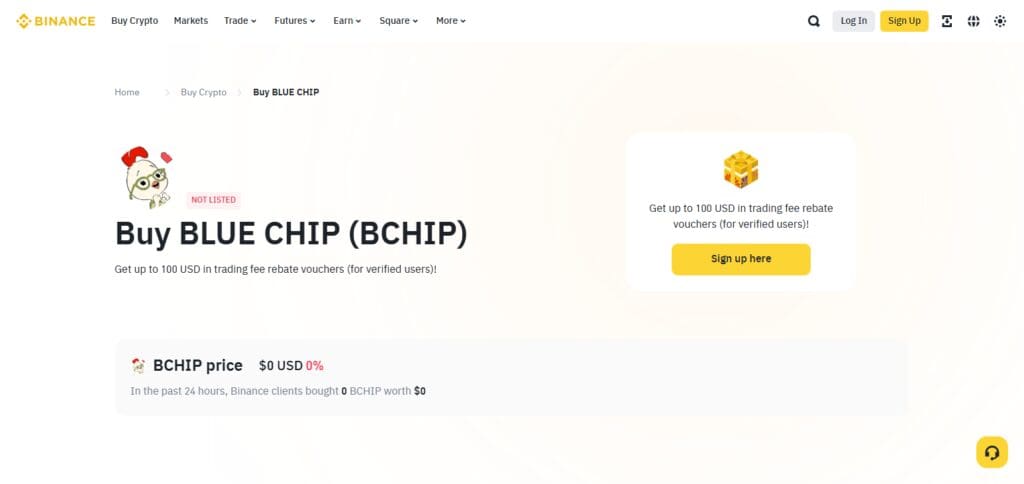
For leveraged trades, selected Binance blue-chip NFTs are supported to be traded on leverage (ex: Bored Ape Yacht Club, Azuki…)
Put Your NFT Up As Collateral
Navigate to the NFT Loan section of Binance and select an eligible NFT. You can deposit the NFT towards you loan.
Obtain Funds
Users can receive a loan from Binance depending on the value of the given NFT. The amount typically hinges on a set Loan-to-Value (LTV) ratio (for example: between 40%-60%)
Make Trades Using Funds Received
Market exposure can be increased by utilizing the loaned funds for purchasing other NFTs or trading crypto.
Keeping Track of Loan
Keep a close watch on the market to prevent liquidation of your assets and minimize losses. If Bone users NFT value decreases too much, then In order to first achieve ‘break even’.
Retrieve Your NFT And Repay Loan
Get back your collaterals NFT by repaying the interest and principal.
Things To Consider & Risks
Risk of Liquidation – Traders run the risk of Binance selling the users NFT if the assets value drops below the certain figure.
Cost of Interest – Loans are not interest-free which diminishes the profits earned from the trades.
Market Volatility – NFTs have a constant rate of fluctuations, and the leveraging of the trade only increases the chances of losing more.
Leveraged trading of NFTs has the prospect of higher profits, but the risks posed are equally important. Always trade NFTs with understanding and caution.
Platforms That Support NFT Leverage Trading
Numerous platforms have emerged that offer leverage trading on NFTs. Borrowing funds using NFTs as collateral or margin trading with NFTs is offered through many top platforms.
Binance NFT Loan
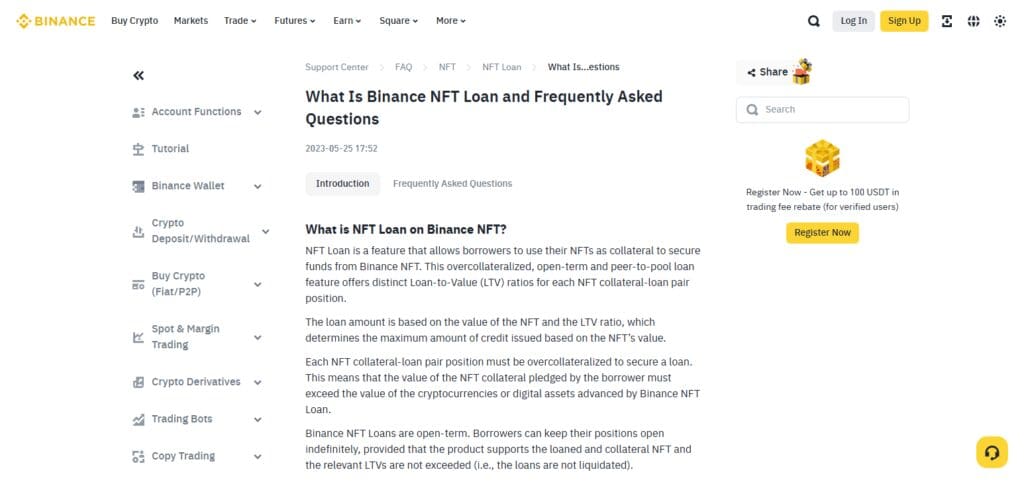
Users can take out a loan based on an NFT’s value through Binance. It features leading collections like Bored Ape Yacht Club (BAYC), Azuki, and others. It has flexible LTV ratios but can initiate liquidation if too much value is lost when selling an NFT.
NFTfi
Users can obtain peer-to-peer ETH loans where NFTs act as collateral through the NFTfi platform.
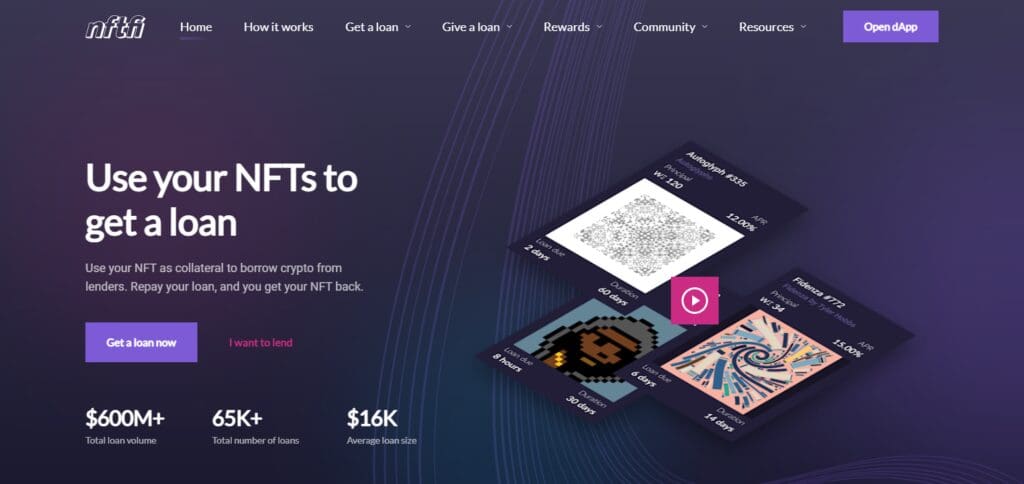
Smart contracts secure the loans, enabling users to pledge their NFTs without worry. Terms of the loan are adjustable to fit both the lender’s and borrower’s needs.
BendDAO
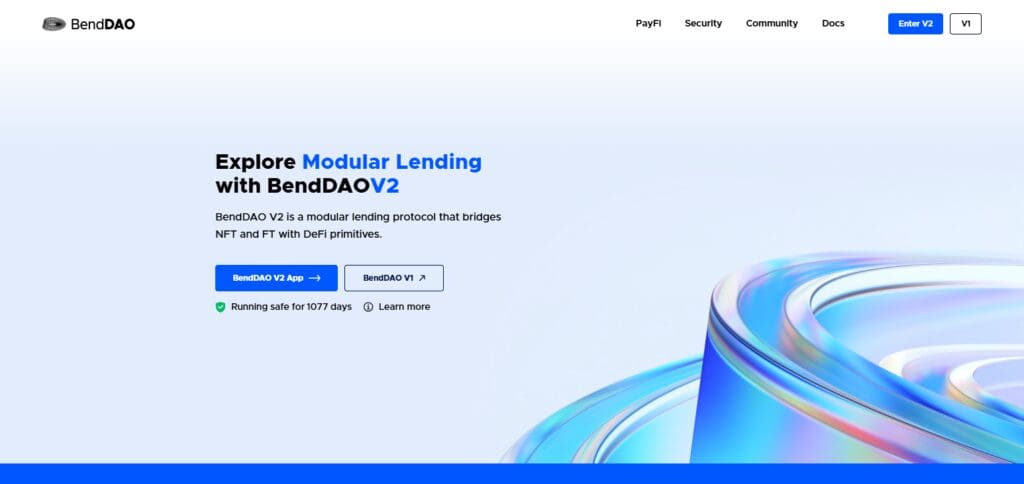
It is a decentralized peer-to-peer NFT lending platform. Users can put up an NFT as collateral to receive ETH loans. Instant loans and peer-to-peer lending features are available.
Pros & Cons of NFT Leverage Trading
Pros
Increased Profits: With leverage, a trader is able to take bigger positions than they could have otherwise taken with their original capital. Projections indicate that if the market moves favorably, profits will be encountered.
Economical Investments: Traders are able to borrow money and with the increased capital, their market exposure increases without the need for using a lot of their own money.
Shifting Market Engagements: Traders have the ability to react quickly to the movement of the market, which is particularly valuable in the volatile NFT market.
Cons
Risk of Greater Losses: Like the pros, the losses can be equally vast as well. Poor movements in the market can cause losses that are far more serious than the users initial investment.
Risk of Liquidation: The underlying NFT being used as collateral can be liquidated if its value dips too low. If this ever happens, the borrower is left without the NFT and still owes the loan amount.
High Market Volatility: Unlike most, the NFT market is particularly well known for its volatility. Leverage positions taken on corrective price movements in the NFT marketplace can result in sudden and extreme losses, Thus amplifying the risk further.
Margin Calls: Traders are required to have a minimum margin requirement at all times. If the market operates contrary to their existing position, then they would need to further put in money to meet the margin which if not done can lead to automatic liquidation of their assets.
Conclusion
Trading NFTs with leverage increases both potential profits and risks. Make sure you understand how leverage works, choose trustworthy platforms, and create a good risk management plan.
By adding additional security measures like multi-factor authentication and routine security audits, you can further protect your investments.
Be careful when trading NFTs with leverage; your strategies should fit your financial goals and willingness to take on risk.










